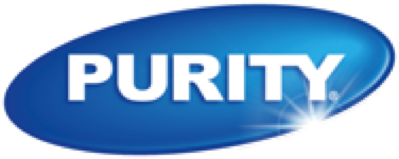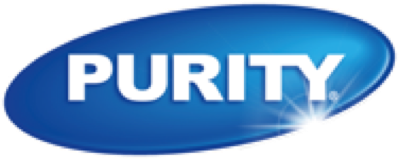About Baby Nappy Rash
Some Important Points
Nappy rash is a very common skin condition. It happens when the skin on your child’s bottom has inflamed red blotches or patches.
The main cause of nappy rash is wearing a wet or dirty nappy for too long. This is because your child’s skin can be irritated by a chemical called ammonia, which is in wee and poo. The dampness of wee and poo can be irritating too.
Other things that can cause nappy rash or make it worse include:
- friction between the nappy and the skin
- plastic pants – they stop air circulating normally and keep the nappy area damp
- soaps, detergents, fragrance and plant or food products left on the skin from bathing or left on cloth nappies from washing
- a chemical called methylisothiazolinone, which is in some disposable baby wipes
- conditions like eczema, psoriasis, thrush or impetigo
Nappy rash is less common in babies who are breastfed, because their poo is less irritating. And it’s more common in babies who wear cloth nappies, because cloth nappies are less breathable and absorb less moisture than disposable nappies.
Treatment
Prevention of nappy rash
Prevention is always better than treatment.
You can reduce the chance of your child getting nappy rash by keeping their nappy area clean and dry. Change your child’s nappy frequently and give their bottom air as often as you can.
Protective barrier creams like petroleum jelly or zinc and castor oil can help keep your child’s skin in good condition.
Treating it
The aim of nappy rash treatment is to repair the damaged and irritated skin and protect it from any dampness and friction that might cause more damage.
Change your baby’s nappies frequently
Frequent nappy changes keep the nappy area dry and give your child’s skin a chance to heal. Check your child every hour or so to see whether their nappy is wet or soiled. Change wet or soiled nappies straight away.
Clean your baby’s skin
Use lukewarm water and cotton wool or a light cotton cloth to gently clean your baby’s skin after each nappy change.
When you bath your baby, use a gentle, soap-free wash. Pat your baby’s skin dry and gently apply a simple moisturiser.
Use a protective cream after each nappy change
Apply a barrier cream at every nappy change. You could use a zinc cream or a petroleum jelly like Vaseline. You can get these creams from a supermarket or your pharmacy without a prescription.
You should apply the cream thickly enough to create a barrier that stops wee and poo from getting onto the skin. You’ll know you’re putting the cream on thickly enough if you can still see some of the cream at the next nappy change.
When to Worry
You should take your child to the doctor if your child:
- has nappy rash that hasn’t improved after a week, even when you use the treatments above
- has blisters, crusts or pimples
- is upset and isn’t sleeping
- has an unexplained fever
- has nappy rash that’s spreading
- has inflammation, swelling or a scab at the end of their penis
Complications of Nappy Rash
It will take weeks for your child’s skin to repair itself. While this is happening, your child’s skin might be more easily irritated.
Your child might also be more likely to get other infections like thrush. Thrush looks like bright, inflamed patches with clearly defined borders in the nappy area. You might also see a lot of dots or pus-filled bumps (pustules) beyond the outer edge of the rash. Thrush can affect the skin folds too.
Treat thrush with an antifungal cream prescribed by your GP. Thrush can take longer to clear than regular nappy rash and often comes back. Treatment can take a long time.

